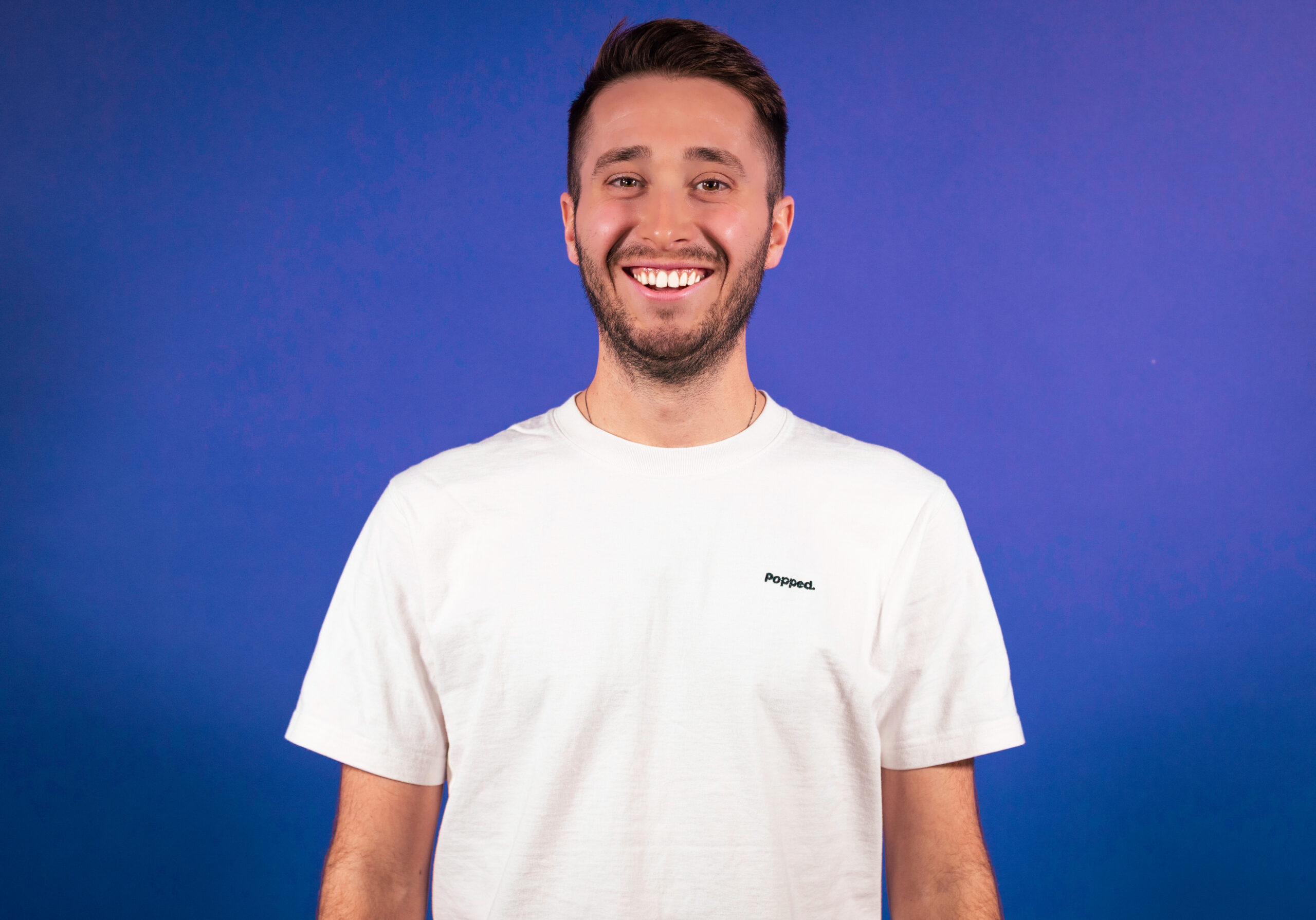Tour de France bikes are some of the fastest, lightest and most expensive road bikes in the world.
You may see similarly flashy bikes on a well-heeled Sunday morning club ride, but there are several things that set them apart from an everyday punter’s bike.
While some of these differences likely make the pros’ bikes superior to yours, there are some ways in which your bike might be a little bit better.
1. They’re lower and narrower

Many of us wouldn’t last very long riding a pro’s bike due to their incredibly low and narrow positions.
To start, pro riders often use handlebars as narrow as 36cm at the brake hoods (the UCI’s minimum permitted width). Most stock handlebars will be in the 40 to 44cm range for road bikes. Inward-tilted hoods exacerbate this effect.
We’ve previously shown that even an extremely narrow handlebar isn’t as hard to ride as you might think. However, it’s when paired with incredibly long stems that things become difficult to ride.
Pro bikes are commonly specced with 130, 140 and even 150mm-long stems. These look like tillers when compared to the de rigeur 100mm stems fitted as stock to most road bikes.
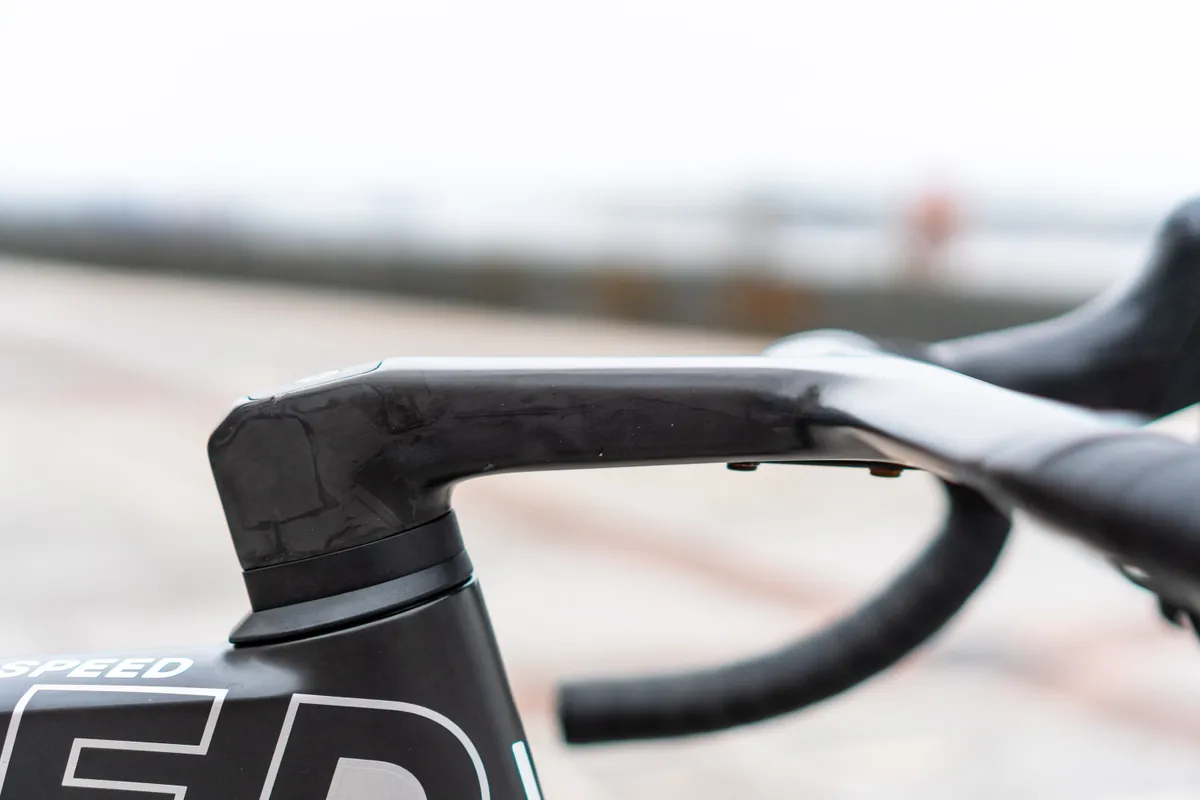
The pros often ride bikes that are too small for them, which is partly what necessitates the need for a long stem. This results in an incredibly aggressive position with a back-breaking saddle-to-bar drop.
So how can a rider be comfortable in this position for the whole Tour de France?
Well, while the majority of us would consider 10 hours in the saddle per week to be a solid training base, many pros clock up a staggering 30 hours per week during bigger training blocks.
As such, a pro’s body is also well adapted to these highly aggressive riding positions because they carry very little weight in their upper bodies. This places less stress on their arms and back than if a recreational rider tried using the same position.
2. You can have whatever you want

Frame, wheels, groupset, tyres and finishing kit – you can pick and choose these as you see fit and ride it all in whatever clothing you want. Your only limiting factor is your bank account.
Despite what some may say, you don’t even have to stick to the so-called ‘rules’ of cycling – if you want to run a set of Campagnolo wheels with a Shimano groupset, you go for it.
Do you fancy wearing kit that doesn’t match your bike colour? You do you.
The pros, meanwhile, get what they’re given.
While it might sound like the absolute dream to be handed thousands of dollars' worth of bikes and kit, the pros can’t simply use a rival brand’s products if they don’t like what their sponsor has provided.
Their bike has to match their kit and the design they get at the start of the year is the one they have to wear every time they get on their bike.
Imagine wearing the same outfit to work every day for a year. Even your jazziest dress or grooviest jumper would get boring after a while.
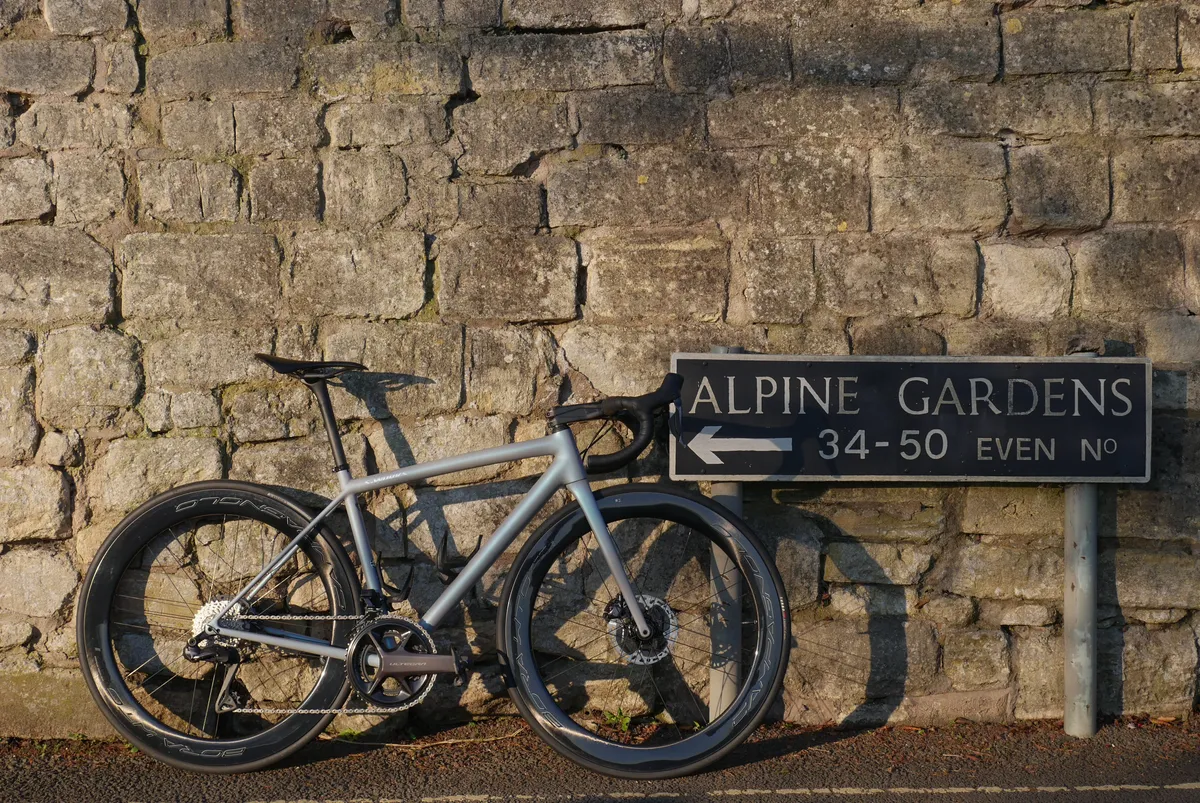
Add in the possibility of your team’s kit being offensive to human eyes and we can only imagine that some pros' hearts sink when they open up their box of new kit.
A pro rider will also be in a bit of a tight spot if their bike or components aren’t up to scratch. There’s not a lot that they can do if their bike is the slowest in the bunch, or their components keep breaking.
The pros must make do and get on with riding their bikes.
Well, that’s what is meant to happen. Over the years, we’ve seen plenty of pro bikes using components that have been treated to some carefully placed electrical tape, or a little Sharpie magic.
Tyres, stems, saddles and shoes are common items to quietly swap out.
3. They’re cleaner than yours

Picture this. You finish your Saturday spin, tired, sweaty and rather peckish.
As you clamber, elegantly, from your bike, a highly skilled mechanic takes it off you before you can put it in the shed, and asks whether your bike was okay today.
If your gears were a little off, or you could hear the disc brakes a bit after some heavy braking, you tell them and they’ll have it sorted before you meet the local club for the Sunday ride.
It’s a dream scenario most of us will never experience, but for the pros, this is a daily privilege on a stage race like such as the Tour de France.
Their bike will be taken to the team mechanic’s truck, where it will be washed until squeaky clean. The tyres will be checked for any debris that might cause a puncture, before the chain is lubed and any issues worked on.
The riders will be busy having a shower, getting a massage and tucking into their dinner by now. One can dream…
4. They’re heavy (relatively speaking)
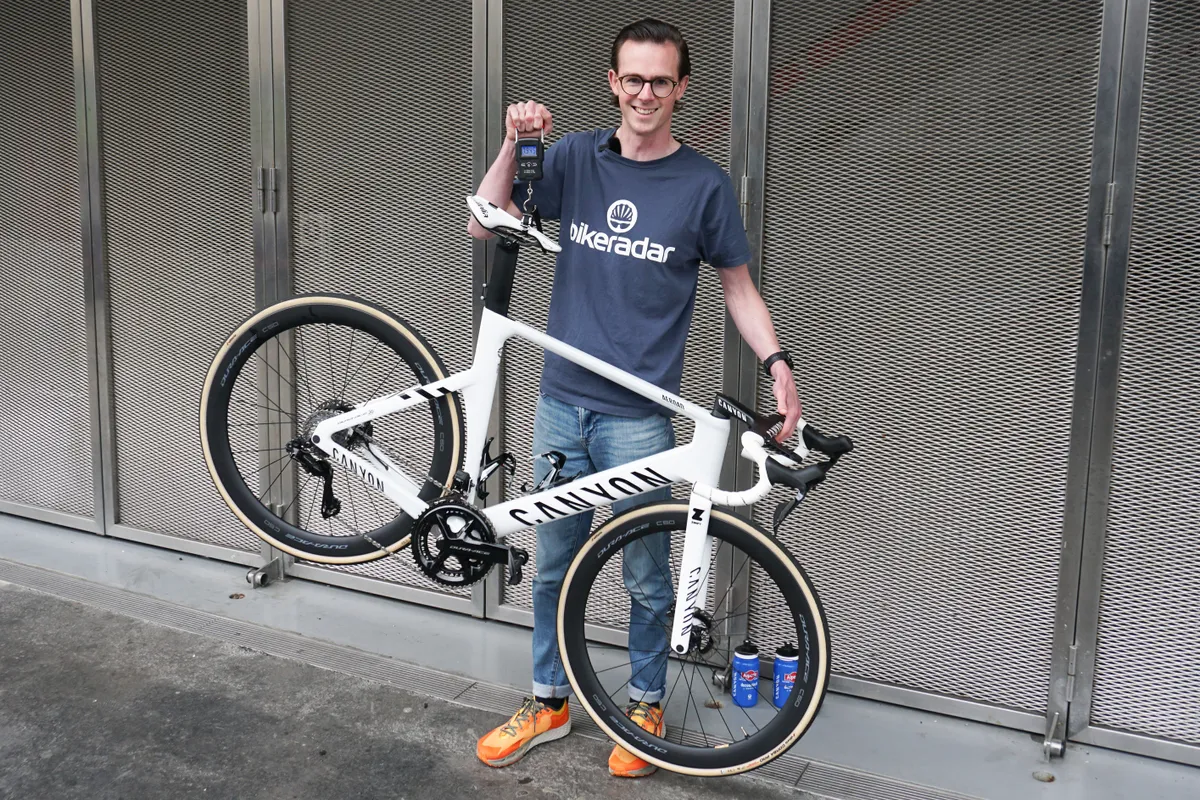
While you might have spent thousands of pounds making your lovely bike as light as possible, a pro’s race bike often sits a few hundred grams above the UCI’s minimum weight limit.
While riders will select their lighter bikes, for flat and rolling stages – which are often ridden at close to an average speed of 50 kilometres per hour – aerodynamics is what matters.
If you and your bike are as aerodynamic as possible, it takes a bit less effort to ride at those eye-watering speeds.
Even when sitting in the middle of the peloton, it can help, and every bit of energy saved makes a difference in a three-week grand tour.

With that in mind, riders will often opt for heavier aero frames and deeper carbon wheels.
Take the radical Trek Madone of the men's Lidl-Trek team as an example. Set up with Bontrager Aeolus 62 tubeless wheels and a SRAM Red AXS groupset, the bike weighs 8.2kg.
That’s pretty hefty compared to what many of us imagine a pro’s bike to weigh.
But come to climbing bikes and you’ll still find an obsession with weight saving. Simon Clarke’s new Factor O2 VAM weighed just 6.925kg when we spotted it at the start of the 2023 Tour de France.
And you can bet that other riders will be pushing their bikes even closer to the UCI’s 6.8kg minimum weight limit.
5. They have tech hidden in the wheels
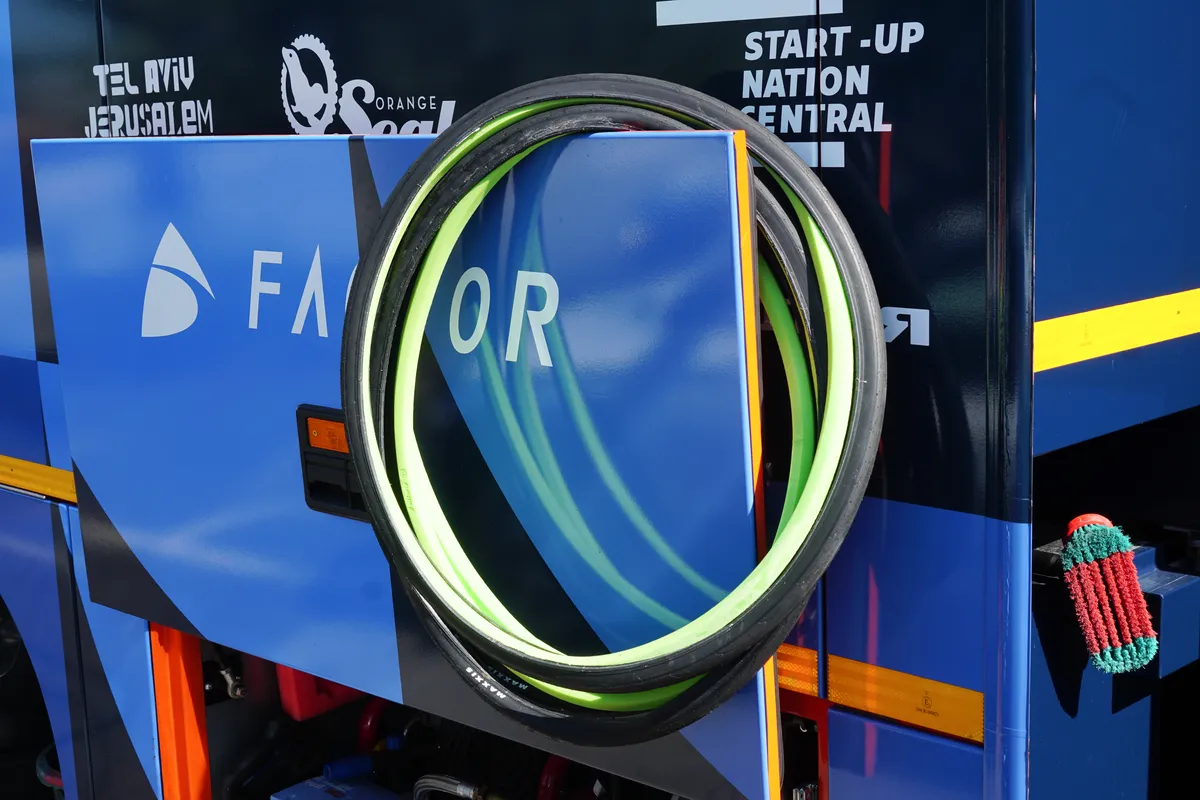
No, we’re not about to start a rumour about hidden motors. We’re talking about tubeless tyre inserts.
These foam toroids sit inside the tyre in a tubeless system.
They don’t absorb tubeless sealant and when the tyres are inflated, they shrink down, removing the possibility of increasing rolling resistance.
The magic happens when you have a puncture that sealant can’t plug.
A tubeless liner helps to keep the tyre on the rim, and you can roll on the insert itself while you wait for the team car to come to the back of the bunch.
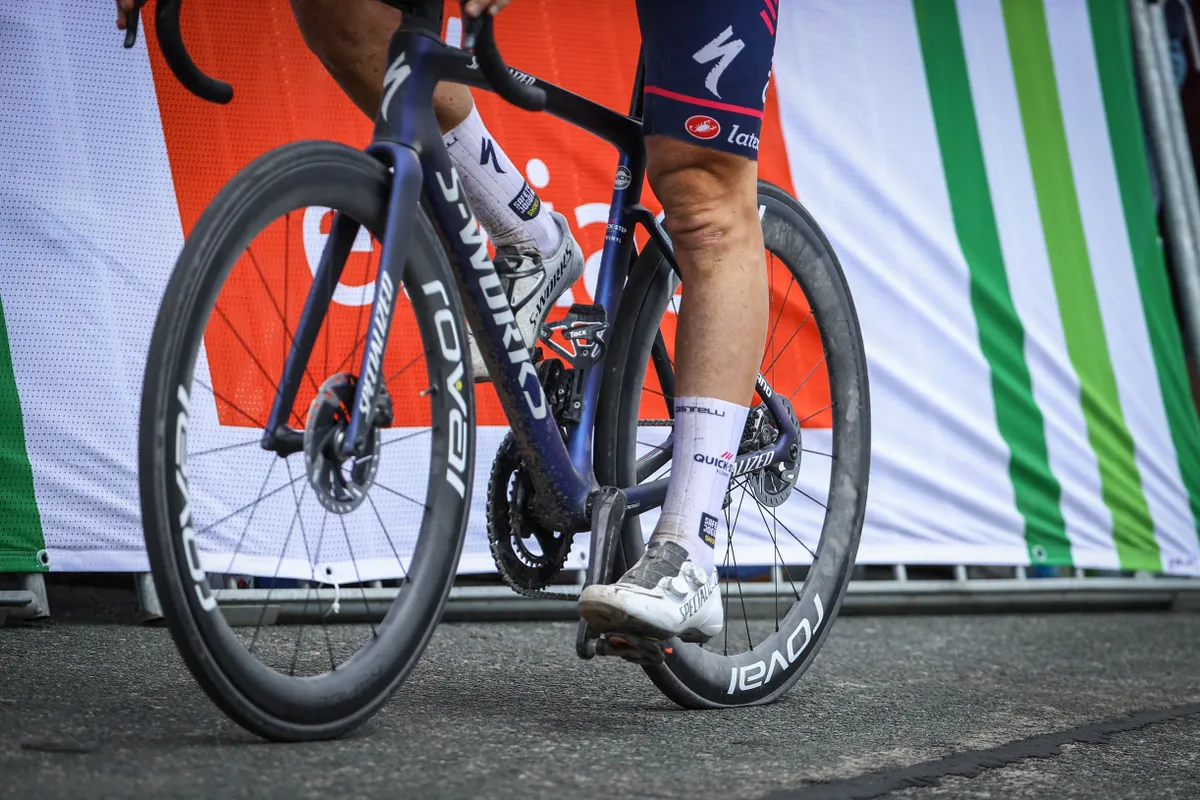
In a bunch-racing scenario, this is a crucial safety measure, and while not every setup works perfectly, they are a sensible addition to a set of race wheels.
For a few years, we didn’t know when a team or rider was using tubeless inserts, but now insert brands want customers to buy their products, stickers have started appearing on wheels.
Tyre liners do come with their downsides. They make the tyre quite difficult to install and then unseating the bead to perform a roadside repair is nigh-on impossible.
Add in the high cost and we think tubeless liners are best saved for race-day wheels and pro bikes.
